Industry News
-
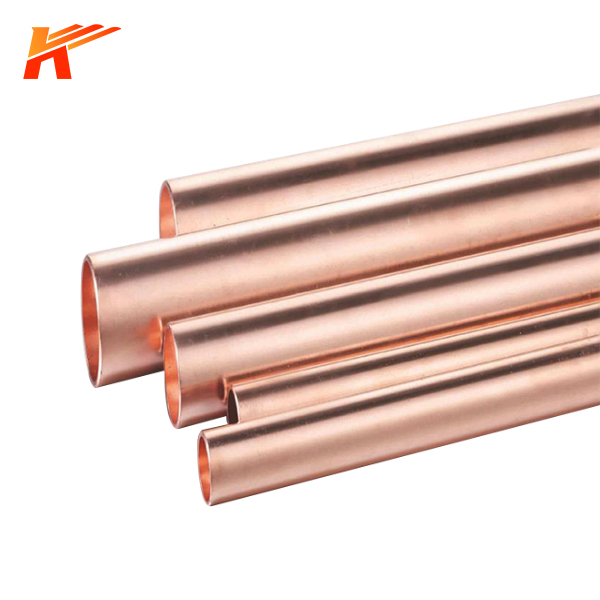
What are the casting methods for lead-free copper sleeves?
Sand casting is the most common method for copper gaskets used in sand casting production, which has the advantages of wide adaptability and relatively simple production preparation. However, the dimensional accuracy, surface quality, and internal quality of castings produced by this method are f...Read more -

Welding properties of various copper alloys
Welding properties of various copper alloys: 1. The thermal conductivity of red copper is high. The thermal conductivity of red copper at room temperature is about 8 times larger than that of carbon steel. It is difficult to locally heat the copper weldment to the melting temperature. Therefore, ...Read more -
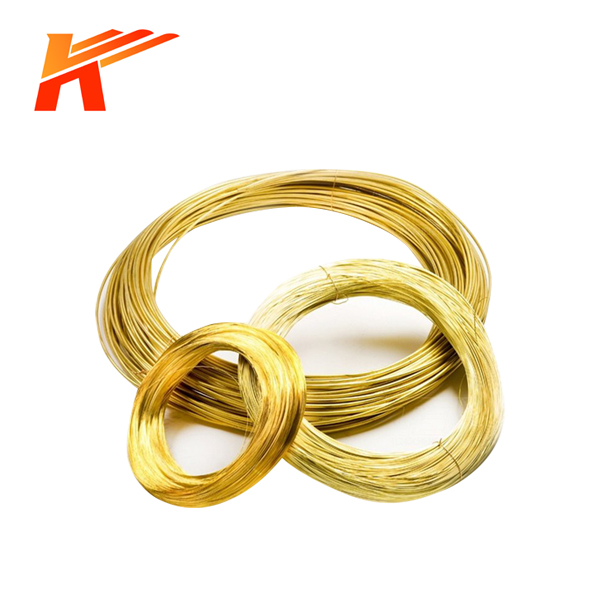
Performance Advantages of Cast Copper Alloys
1. Process characteristics: Most copper alloys have large shrinkage, that the solidification sequence should be controlled during casting to stop the formation of shrinkage cavities. Tin bronze is well oxidized within the liquid state, that the flow shouldn’t be interrupted during pouring. ...Read more -
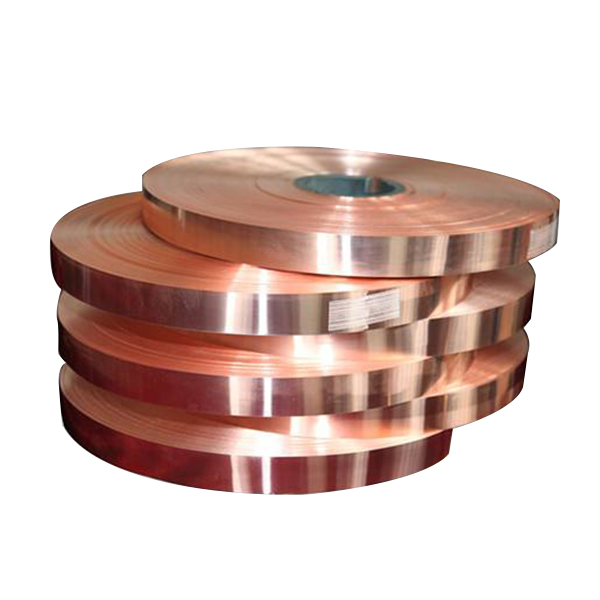
Application of beryllium copper alloy in automobile mould
The conclusion of the application of beryllium copper alloy in automobile die The stamping operation of automobile panel is one of the four major processes of vehicle manufacturing, and it is the primary link in body manufacturing. The quality level of stamping parts lays the foundation for the q...Read more -
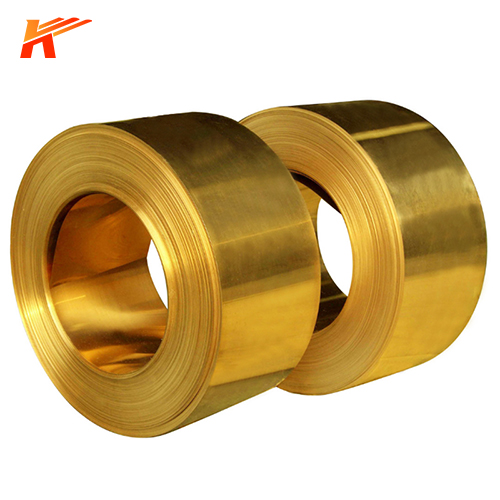
What are the material selection methods for brass copper alloys?
Brass has good processing performance and is often used for cutting into various accessories. Among them, the most used brass material in cutting is Pb-containing brass. Lead-containing brass has excellent chemical, physical, mechanical and free cutting properties, and is the most widely used cop...Read more -
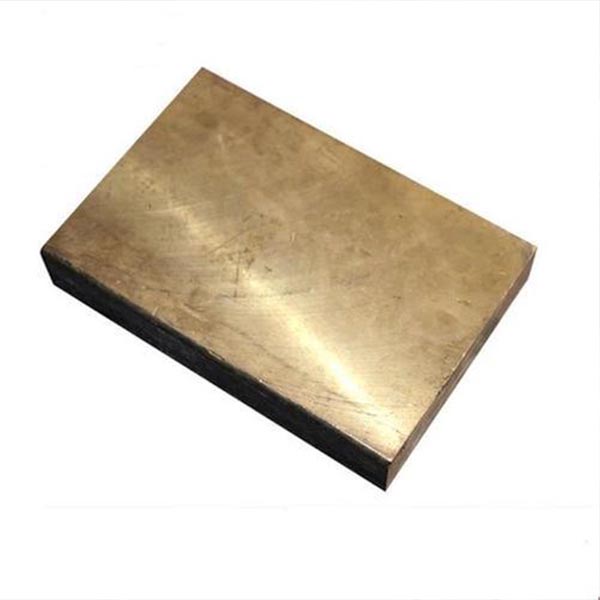
Selection of Annealing Process for Tin Bronze Sheet
1. Heating temperature, holding time and cooling method: The phase transition temperature of the tin bronze plate from α→α+ε is about 320 ℃, that is, the heating temperature is higher than 320 ℃, and its structure is a single-phase structure, until it is heated to 930 The liquid phase structure a...Read more -
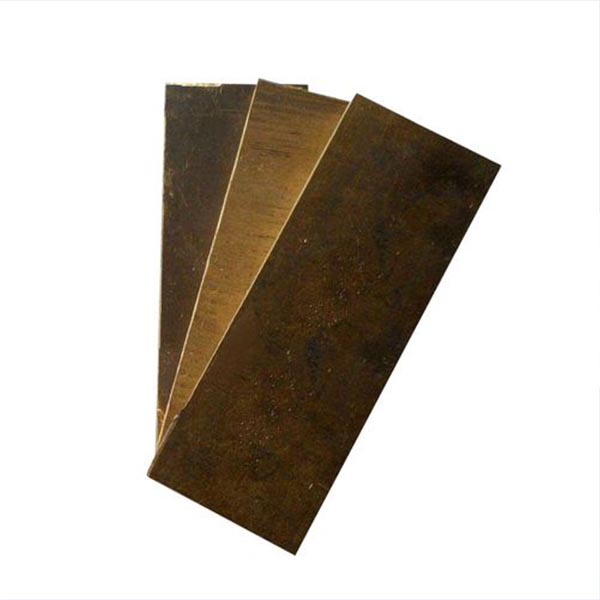
Welding between tin bronze plate and steel
Tin bronze plate is very resistant to corrosion in the atmosphere, sea water, fresh water and steam, and is widely used in steam boilers and marine ship parts. The solidification range of the tin bronze plate is large, and the dendrite segregation is serious; it is not easy to form concentrated s...Read more -
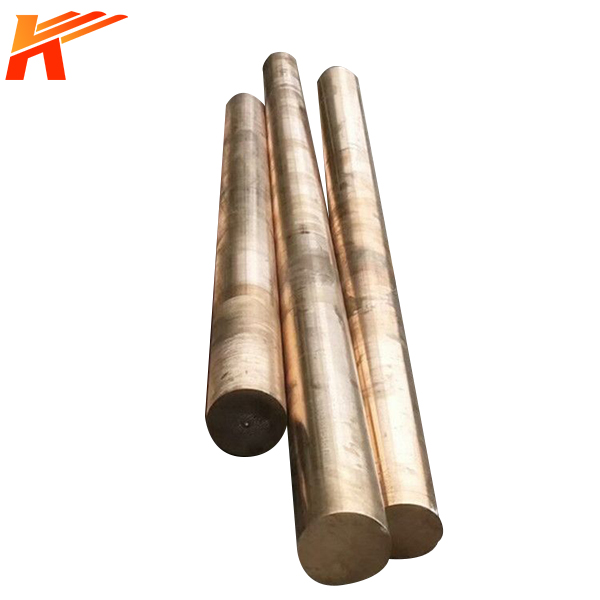
Extensive use of aluminum bronze in life
Aluminum bronze won’t produce sparks under impact, and may be wont to make non-sparking tool materials. it’s excellent thermal conductivity and stable stiffness. it’s the benefits of scratching the workpiece so on, and has become a replacement sort of mold material. it’s p...Read more -
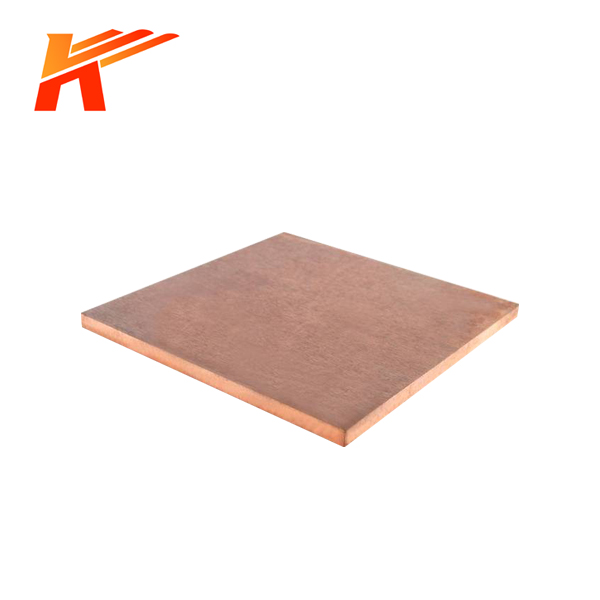
Application scope of tungsten copper plate
Tungsten copper plate combines the advantages of metal tungsten and copper. Among them, tungsten has a high melting point and high density. The melting point of tungsten is 3410 degrees Celsius, and the melting point of copper is 1083 degrees Celsius. Copper has excellent electrical and thermal c...Read more -
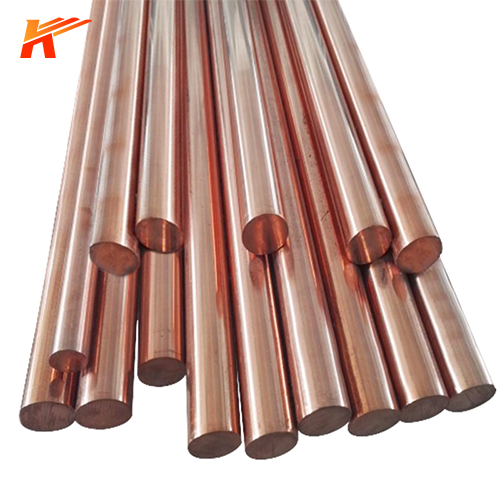
Principle of copper rod forming process
1. All elements reduce the electrical conductivity and thermal conductivity of the copper rod without exception. All elements are dissolved in the copper rod, causing the lattice distortion of the copper rod, causing wave scattering when the free electrons flow directionally, making the resistivi...Read more -
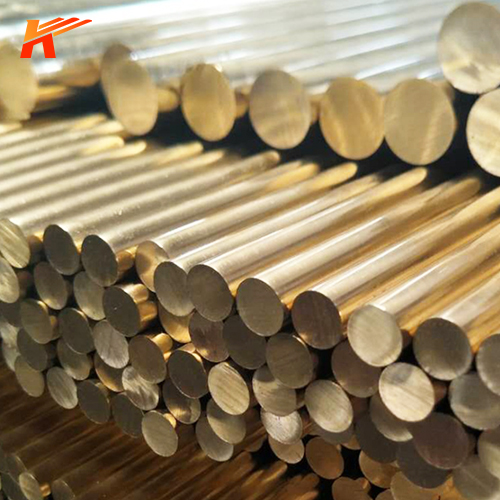
Precautions in the extrusion process of brass rods
During the extrusion process of the brass rod, the ingot is subjected to three-way compressive stress in the extrusion cylinder and can withstand a large amount of deformation; when extruding, it should be based on the characteristics of the alloy, the specifications and technical requirements of...Read more -

Characteristics and Application of Chromium Zirconium Copper
Chromium zirconium copper (CuCrZr) chemical composition (mass fraction) % (Cr: 0.1-0.8, Zr: 0.3-0.6) hardness (HRB78-83) conductivity 43ms/m softening temperature 550 ℃ Chromium zirconium copper features high strength And hardness, electrical conductivity and thermal conductivity, wear resistance...Read more

